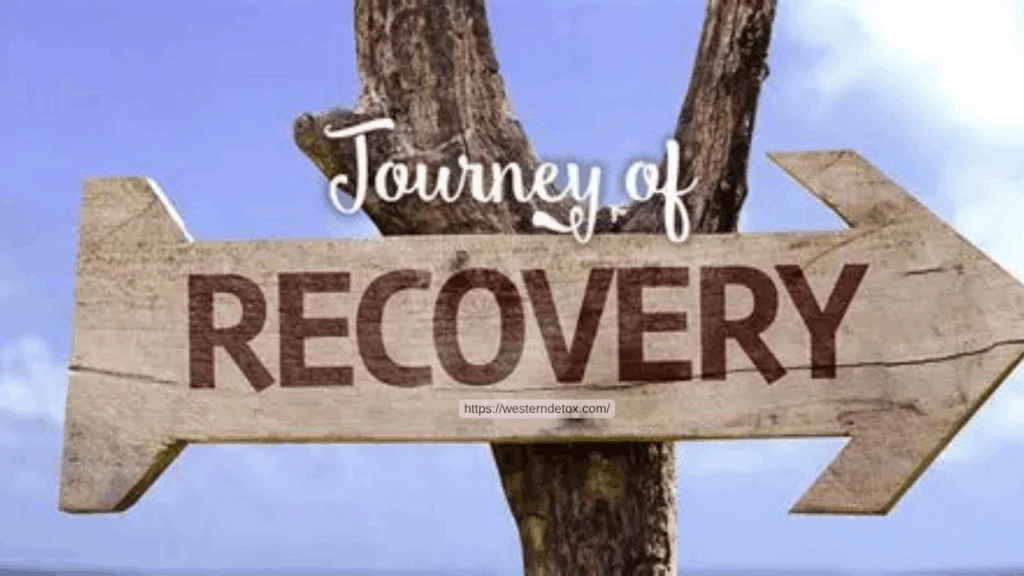
For many individuals ready to begin their recovery journey, the first and most crucial step is detox. Yet across Western Canada, people seeking help are increasingly met with an obstacle that can feel insurmountable: long and growing detox waitlists. While the desire to get sober may be urgent, the resources to make it possible are often delayed, creating frustration and risk for those in crisis. Understanding why detox waitlists continue to grow—and how we can work together to reduce them—is key to improving access to care and saving lives.
Understanding the Detox Waitlist Crisis
The rising number of people on detox waitlists in Western Canada is not the result of a single issue but a complex combination of factors. The ongoing opioid crisis, the mental health challenges amplified by the pandemic, and limited healthcare funding have all contributed to overwhelming demand.
Public detox centers, which provide essential medical stabilization services, are stretched thin. Many operate at or above capacity, forcing individuals to wait days or even weeks for a spot. During this time, the risk of relapse or overdose increases dramatically, especially for those struggling with opioids or alcohol dependence. For individuals who finally reach out for help, being told to wait can be discouraging and even dangerous.
Why the Demand Keeps Rising
1. The Impact of the Opioid Crisis
Communities across Alberta, British Columbia, Saskatchewan, and Manitoba continue to experience record numbers of opioid-related overdoses. As awareness grows about the dangers of fentanyl and other synthetic opioids, more individuals are seeking professional detox support to withdraw safely under medical supervision.
2. Limited Detox Infrastructure
While there are public detox facilities throughout Western Canada, many regions, especially rural areas, lack adequate capacity. The existing centers were not designed to handle the current scale of addiction-related needs, leading to bottlenecks and waitlists that grow faster than they can be resolved.
3. Barriers in the Transition from Detox to Treatment
Even after completing detox, many individuals face challenges accessing the next phase of care—rehabilitation or therapy. This lack of seamless transition contributes to longer detox stays, reducing turnover and slowing down the system for everyone else.
How Western Canada Can Address Detox Waitlists
Solving the detox backlog will require a coordinated and compassionate effort. Western Detox and similar organizations are leading by example, providing individualized and holistic care that helps bridge the gap between crisis and recovery.
1. Strengthening Public-Private Partnerships
Collaboration between public health systems and private detox centers can help ease the strain. When public facilities partner with trusted private providers, individuals can be referred faster and receive care when they need it most. This type of collaboration not only reduces wait times but also ensures a smoother continuum of care.
2. Expanding Rural Access
Many rural communities lack local detox options, forcing people to travel long distances for treatment. Investing in satellite detox programs, telehealth assessments, and community-based recovery supports can bring help closer to those who need it.
3. Increasing Awareness of Available Options
Some individuals wait longer simply because they are unaware that private detox programs, like those at Western Detox, are available. Educating families, healthcare providers, and community organizations about these options can help connect more people to timely and effective care.
4. Integrating Mental Health and Addiction Treatment
Addiction rarely exists in isolation. Integrating detox services with mental health support helps address the underlying causes of substance use, reducing relapse rates and improving long-term recovery outcomes.
The Role of Western Detox in Closing the Gap
At Western Detox, recovery begins with compassion, safety, and personalized care. The team understands that each person’s journey is unique, which is why every detox plan is tailored to the individual’s physical, emotional, and spiritual needs. With inpatient and outpatient options, clients receive support at every stage—from initial detox to continued recovery and relapse prevention.
Through a holistic, client-centered approach, Western Detox helps reduce the strain on the public system while ensuring that no one faces addiction alone or without support.
Taking the Next Step Toward Recovery
The growing detox waitlists in Western Canada represent both a challenge and an opportunity. They highlight the urgent need for expanded access, greater collaboration, and more compassionate solutions. No one should have to wait to begin healing.
If you or someone you love is struggling with addiction, Western Detox is ready to help. Reach out today to learn more about safe, holistic detox programs and take the first step toward lasting recovery.
